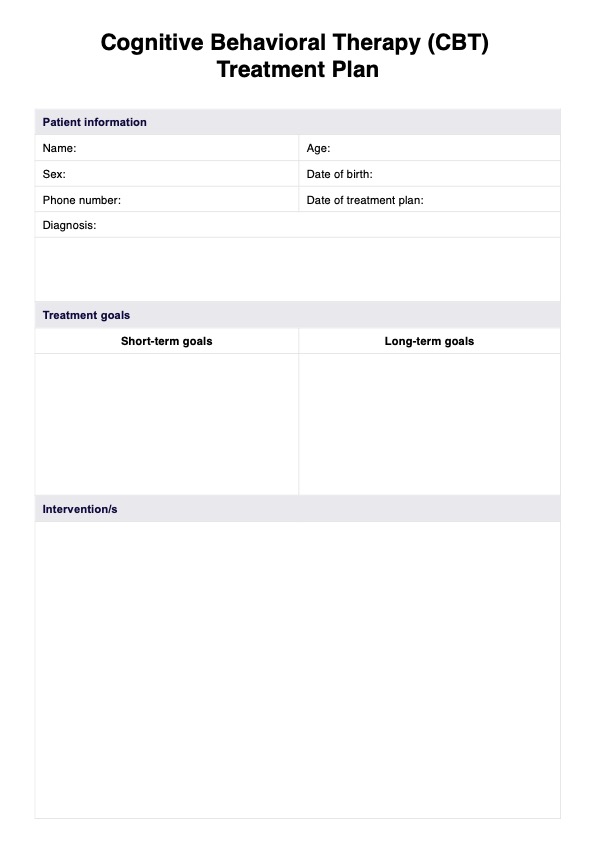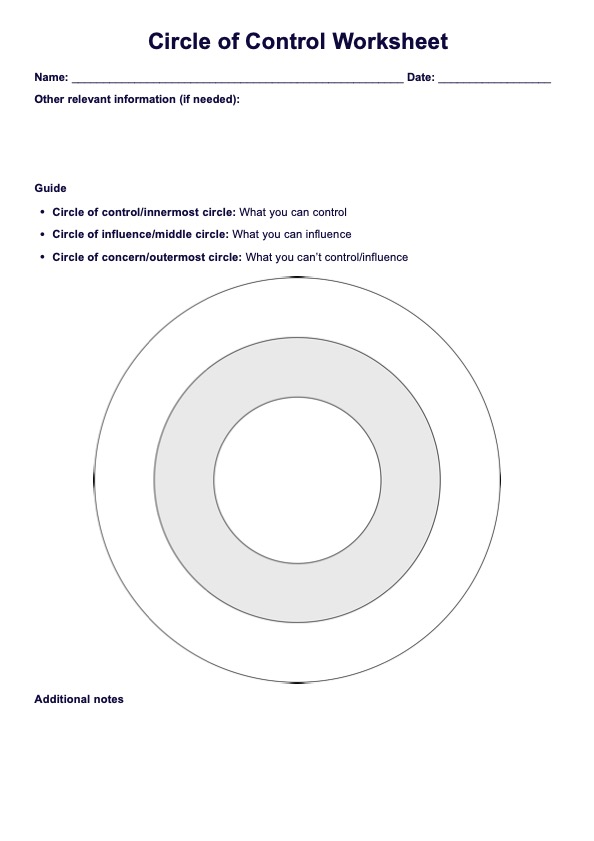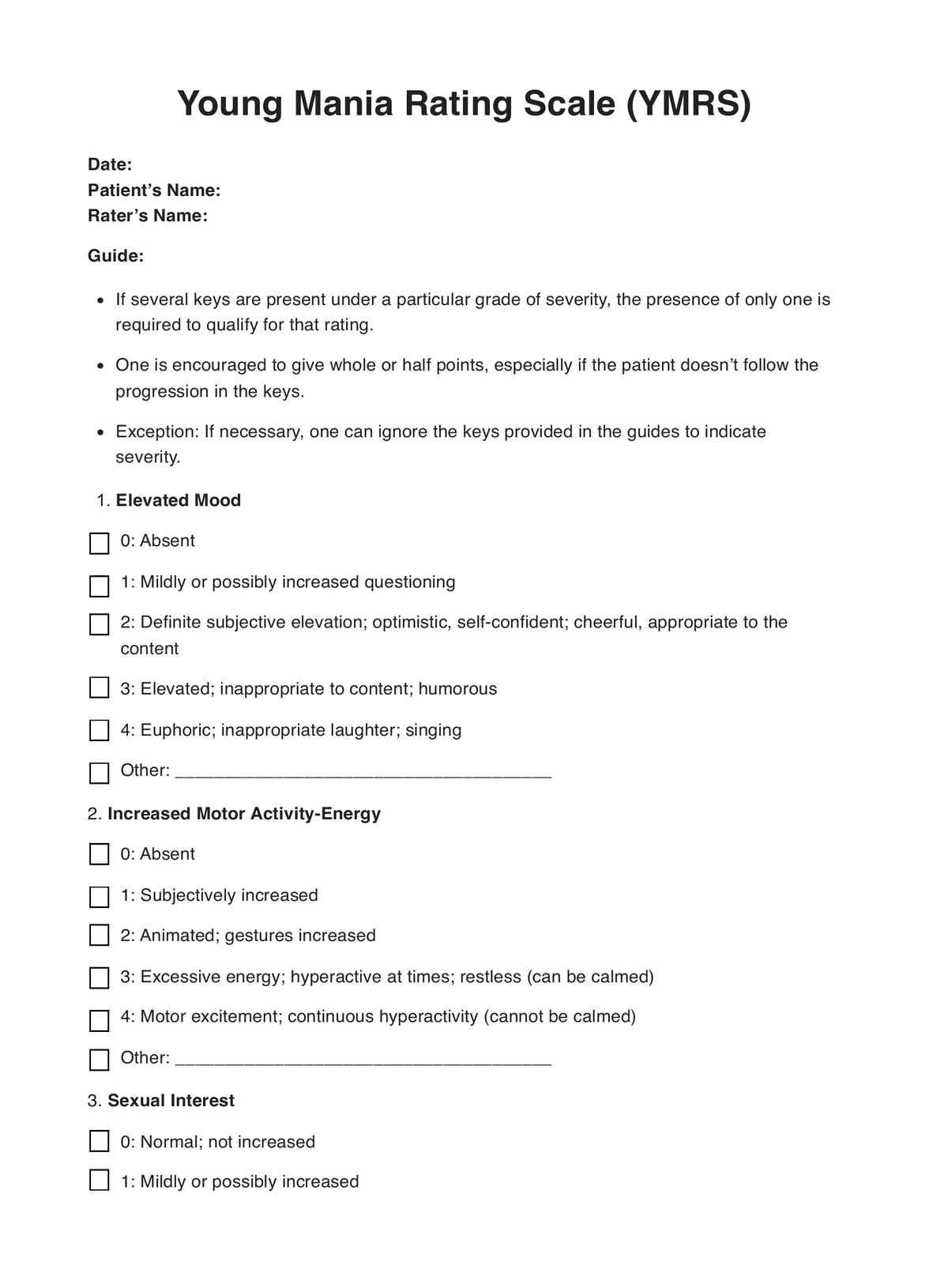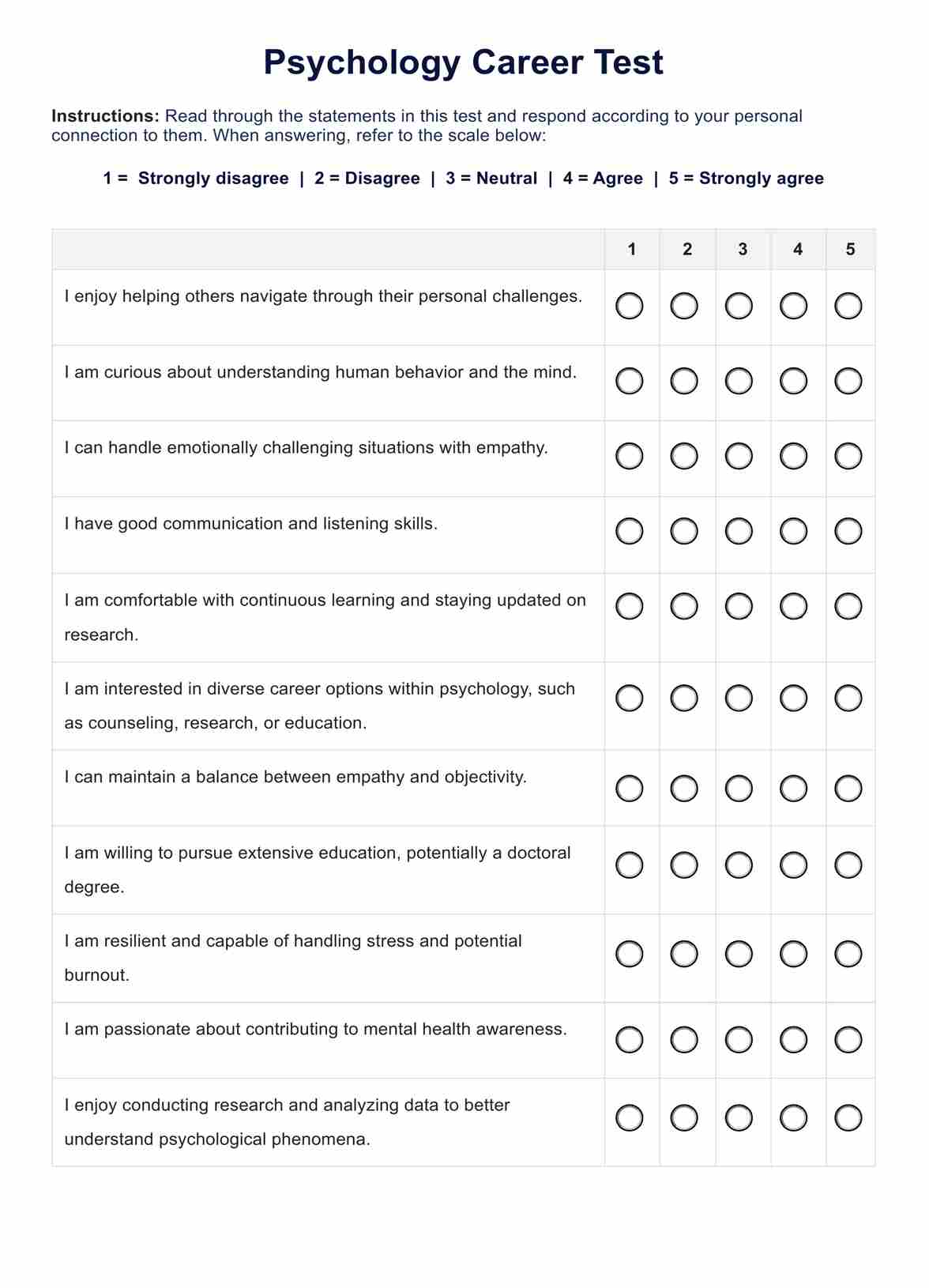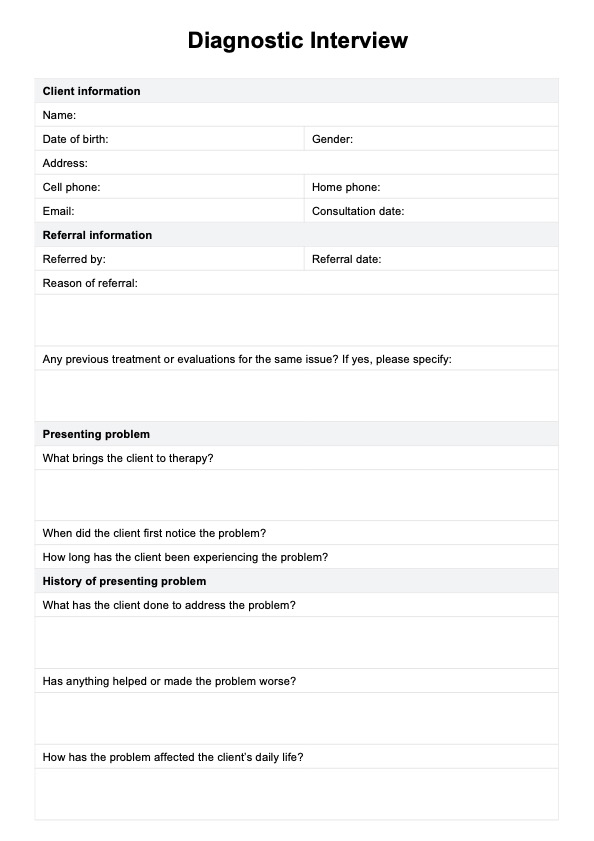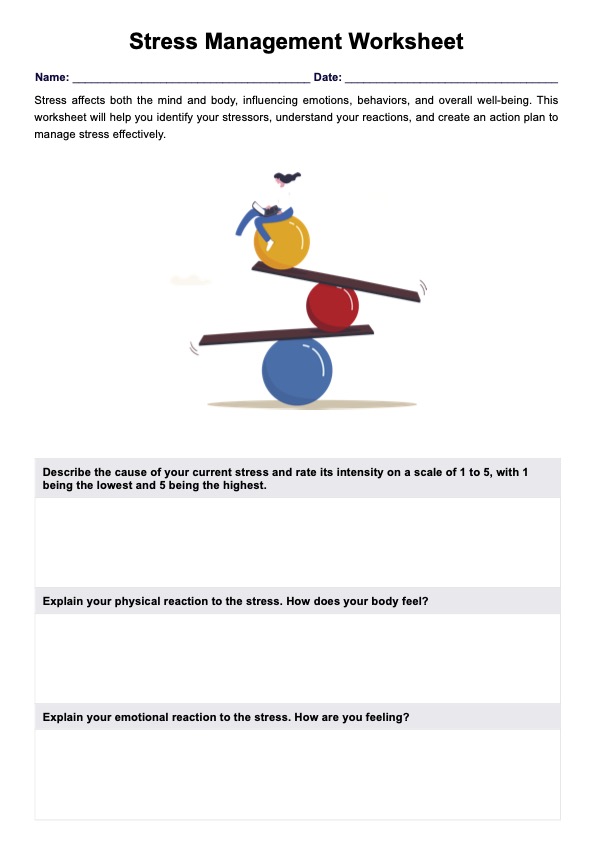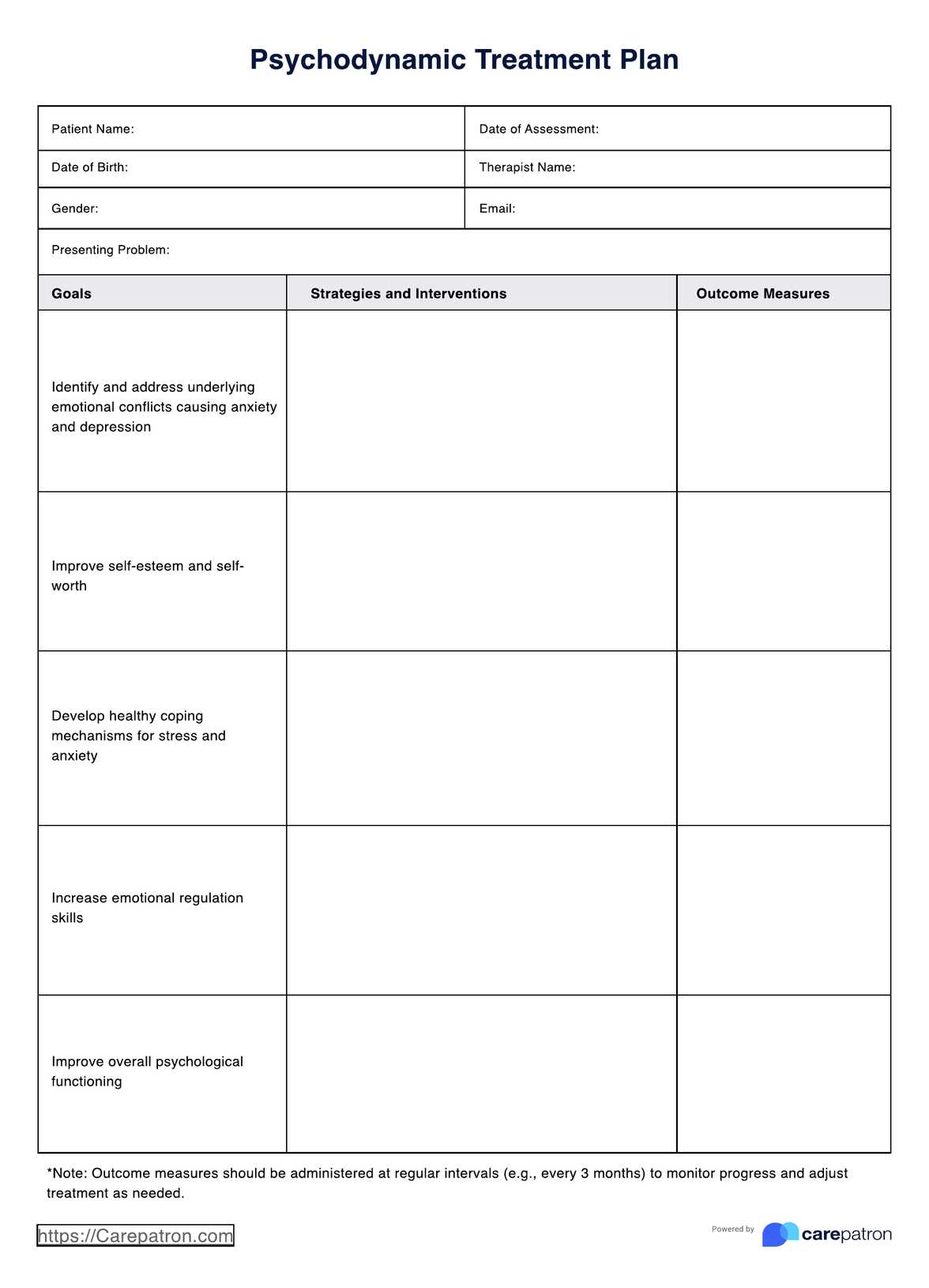TF-CBT Workbooks
Explore the TF-CBT Workbook — a powerful tool for trauma support. Begin your healing journey today with us.


What is a TF-CBT Workbook?
Trauma-Focused Cognitive Behavioral Therapy(TF-CBT) is a well-recognized therapeutic approach. A TF-CBT Workbook emerges as an instrumental resource within this realm, designed meticulously to aid individuals—children, teens, or adults—as they navigate through the complex emotions stemming from traumatic events.
At its core, the workbook relies on evidence-based practices. These ensure that individuals have a structured pathway, complete with specific activities and exercises, to understand and manage the tumultuous feelings that trauma often induces. The practicality and effectiveness of such workbooks come from their adaptability. Recognizing that trauma's impact varies across different age brackets, these workbooks are tailored to resonate with the unique needs of each age group.
For instance, while a workbook for adults might delve into in-depth cognitive exercises, one designed for children uses engaging activities and relatable narratives to convey the same therapeutic principles. The TF-CBT Workbook aims to address trauma and arm individuals with resilience and coping skills. By progressively working through it, individuals are empowered to face, process, and eventually move beyond their distressing memories and emotions.
Check out this explainer video for a clearer insight into its application. Moreover, those enthusiastic about exploring an extensive range of such therapeutic aids can find a rich collection of TF-CBT Workbooks on Carepatron, catering to various needs and age groups.
TF-CBT Workbooks Template
TF-CBT Workbooks Example
How does it work?
The efficacy of the TF-CBT Workbook is underpinned by its structured approach. This systematic strategy ensures users derive the maximum benefit. Let's delve into the integral steps:
Step 1: Pinpointing the Traumatic Event
It's pivotal to identify the specific traumatic incident you want to address. This clear focus will act as the foundation for subsequent therapeutic exercises.
Step 2: Acquaintance with the Workbook Layout
Before diving in, take a moment to familiarize yourself with the workbook's structure. Typical sections encompass psychoeducation (educating about trauma reactions), coping mechanisms, and the trauma narrative, which delves into the detailed account of the traumatic event.
Step 3: Methodical Progression
For optimal results, it's advisable to navigate through the workbook sequentially. This ensures a comprehensive understanding as one transitions from foundational concepts to more intricate exercises.
Step 4: Engage in Interactive Modules
The workbook thrives on interactivity. As you progress, you'll encounter diverse activities tailored to the content. This could include journaling exercises, artistic expressions like drawing, or immersive guided imagery sessions.
Step 5: Introspection and Evaluation
After each activity, allocate time for introspection. Ponder the emotions evoked and the thoughts that bubbled up. This reflective process enhances the therapeutic experience by encouraging deeper insights and self-awareness.
Step 6: Augment with Supplementary Tools
Some workbook versions, notably the Printable TF-CBT Workbooks, can be seamlessly integrated with other therapeutic instruments for those seeking a multi-faceted approach. This amalgamation enriches the healing journey, offering a more rounded and holistic therapeutic experience.
Incorporating these steps ensures an organized approach and maximizes the potential benefits of the TF-CBT Workbook.
When would you use this Template?
The TF-CBT Workbook, steeped in Trauma-Focused Cognitive Behavioral Therapy principles, is an invaluable resource catering to diverse users and scenarios. Its adaptability is truly remarkable, as evidenced by its myriad applications:
- Therapists in Clinical Settings: Often, psychotherapists and counselors incorporate the TF-CBT Workbook into their therapeutic regimen, using it as a structured tool to navigate trauma survivors through the tumultuous path of recovery. It aids in understanding the trauma, mastering coping mechanisms, and eventually reclaiming control.
- School Counselors: Schools can sometimes be a battleground for children, rife with experiences that can be traumatic, from bullying to the struggles of academic pressures. School counselors leverage the TF-CBT Workbook to offer students a lifeline, helping them process and cope with these distressing events.
- Adult Self-Helpers: Trauma isn't confined to the past; its shadows can stretch into adulthood. Recognizing this, many adults independently turn to the TF-CBT Workbook, seeking structured guidance to confront, understand, and manage lingering traumatic experiences from their past.
- Guardians and Children: Though often perceived as a carefree period, childhood can harbor distressing experiences. Parents or guardians committed to their child's well-being can utilize the TF-CBT Workbook. Under their watchful eye and with their gentle guidance, children find a structured path to navigate and process such experiences.
The TF-CBT Workbook serves as a compass, guiding its users through the maze of trauma and leading them toward healing and resilience. Whether you're a dedicated professional or a brave individual embarking on a self-help journey, this resource is a steadfast companion.
Benefits
Clarity
The TF-CBT Workbook offers a well-defined path, guiding users step-by-step toward understanding and recovering from trauma. Its structured approach eliminates guesswork, providing clarity on the route to healing.
Empowerment
Traumatic experiences often rob individuals of their agency and emotional control. This free TF-CBT Workbook empowers trauma survivors to regain mastery over their emotions and find strength in their vulnerabilities.
Versatility
One size rarely fits all, especially in the therapeutic realm. Recognizing this, the free TF-CBT Workbook is tailored for different age groups, ensuring the content resonates and is effective, whether it's a child, teenager, or adult navigating its pages.
Efficacy
Built on the pillars of evidence-based techniques, this free TF-CBT Workbook doesn’t just offer hope; it delivers, ensuring trauma survivors experience tangible, positive changes in their emotional well-being.
Accessibility
Believing in the democratization of therapy, many versions of this workbook, including the Free TF-CBT Workbook, have been made available. It's a testament to the commitment to making therapeutic resources accessible to all, ensuring everyone has a fighting chance at healing.
Research and Evidence
The foundations of Trauma-Focused Cognitive-Behavioral Therapy (TF-CBT) lie in the powerful amalgamation of cognitive and behavioral therapeutic techniques, refined and adapted to address the distinct complexities of trauma. This therapeutic approach evolved as professionals recognized the necessity of a specialized strategy for trauma victims, given its profound impact on mental health.
Historically, traditional therapeutic methods were limited in addressing the multifaceted effects of trauma. However, integrating cognitive and behavioral strategies in TF-CBT presented a more holistic solution, focusing on the symptoms and the underlying cognitive processes influenced by traumatic events.
Numerous research initiatives over the decades have highlighted the profound benefits of TF-CBT, especially for younger individuals. Many studies have demonstrated the approach's effectiveness in significantly mitigating symptoms associated with Post Traumatic Stress Disorder (PTSD), depression, and other behavioral challenges often exhibited by children after traumatic experiences.
Such consistent positive outcomes haven't gone unnoticed by prominent bodies in the mental health realm. Organizations like the American Psychological Association (APA) have endorsed TF-CBT, acknowledging its proven track record in facilitating trauma recovery. This validation, backed by a plethora of empirical data, solidifies TF-CBT's position as a frontrunner in trauma intervention methodologies.
Commonly asked questions
Professionals like therapists and counselors use the TF-CBT Workbook, and individuals seeking self-help tools.
Health professionals use a TF-CBT Workbook when addressing and navigating trauma responses and symptoms.
The TF-CBT Workbook is used with interactive exercises to process trauma.

.jpg)
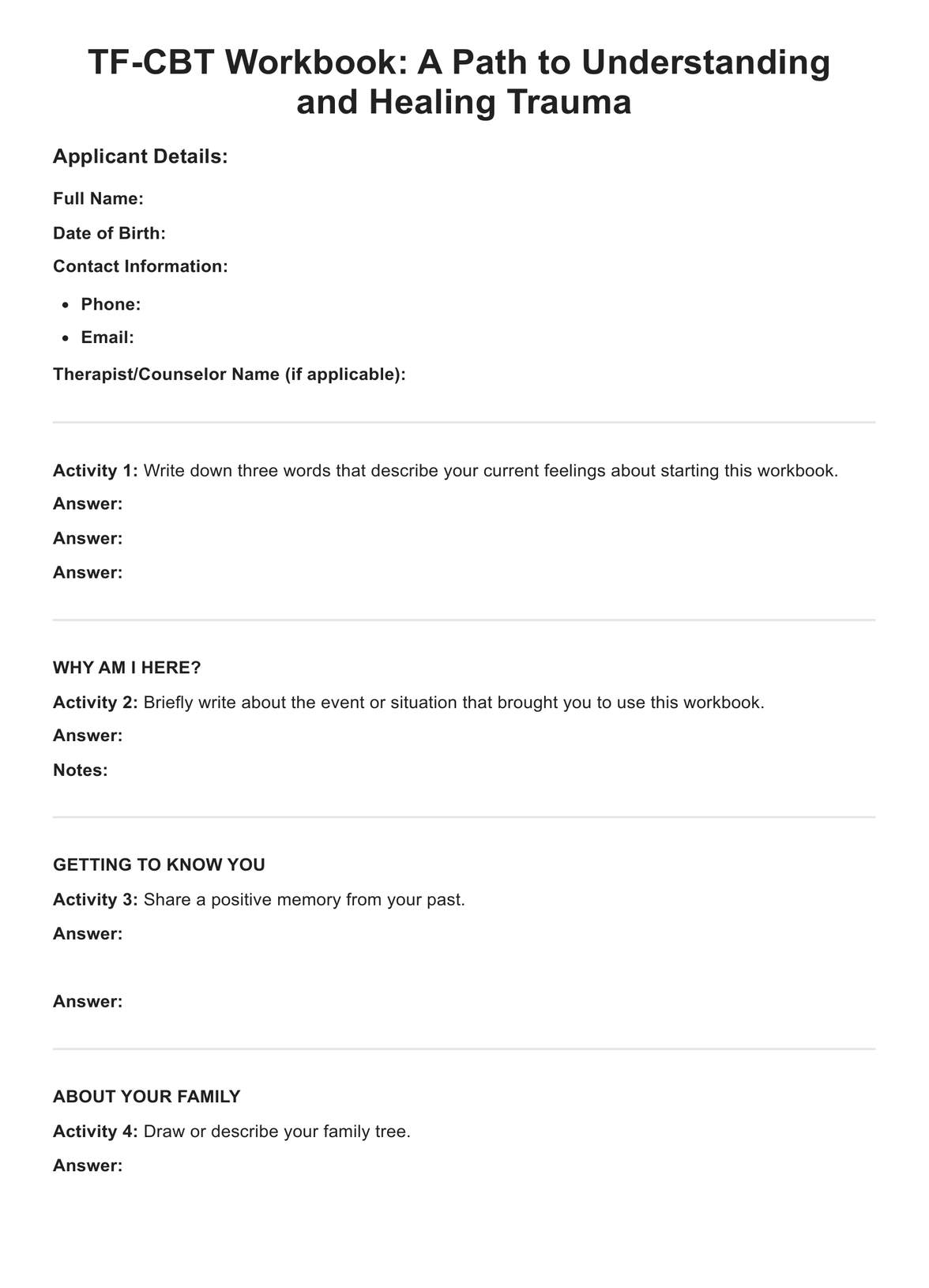
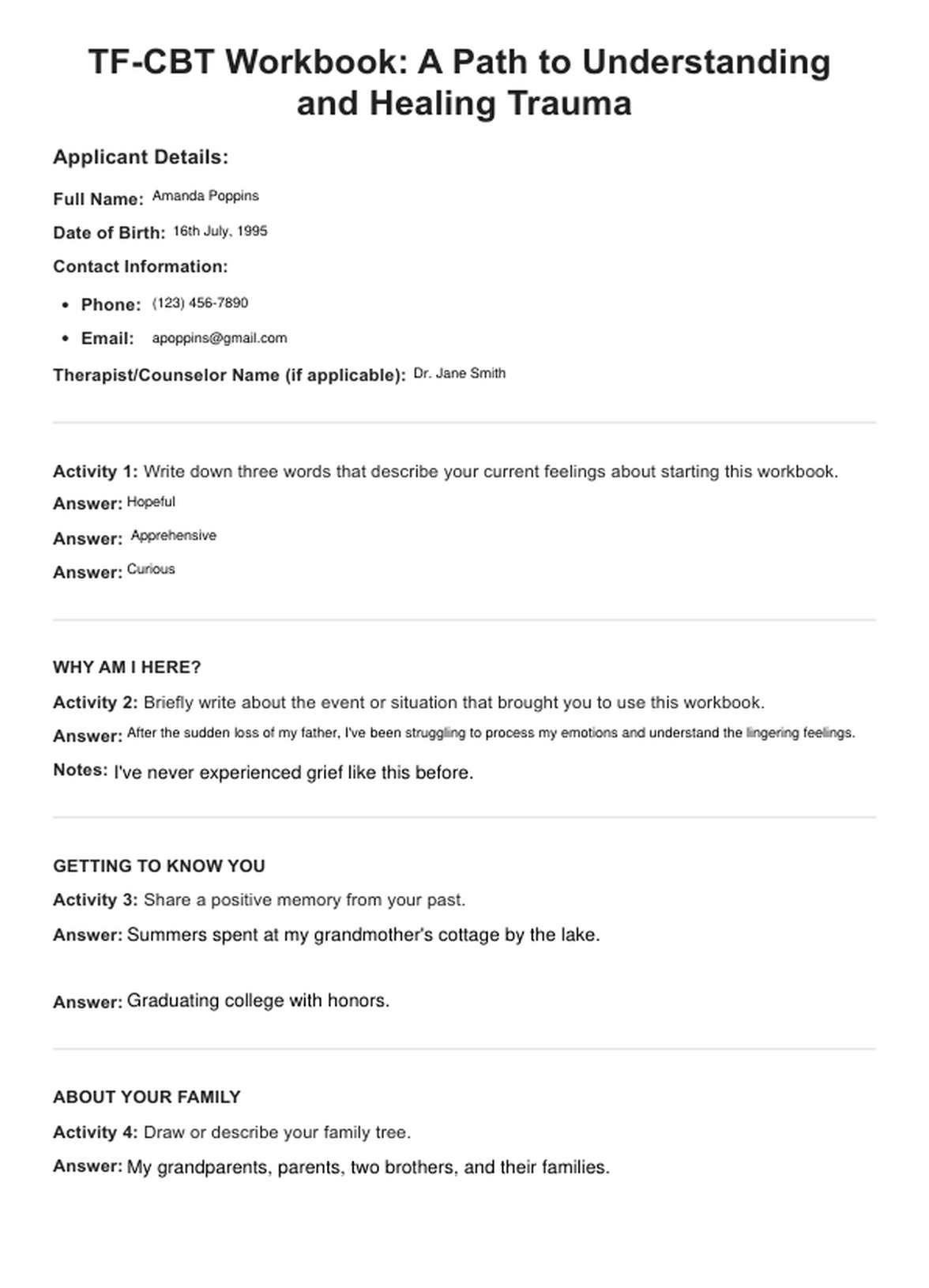














-template.jpg)






















































































